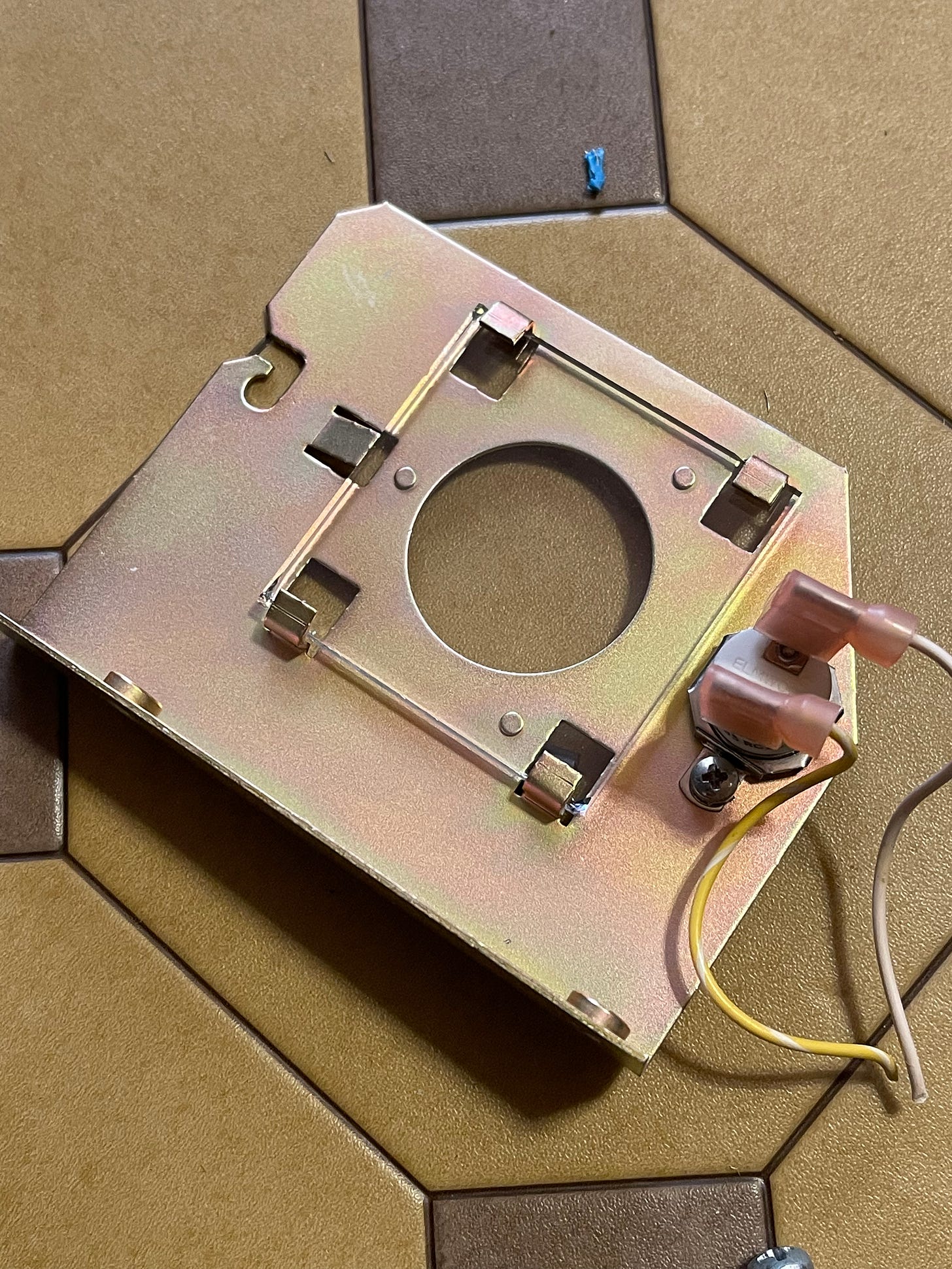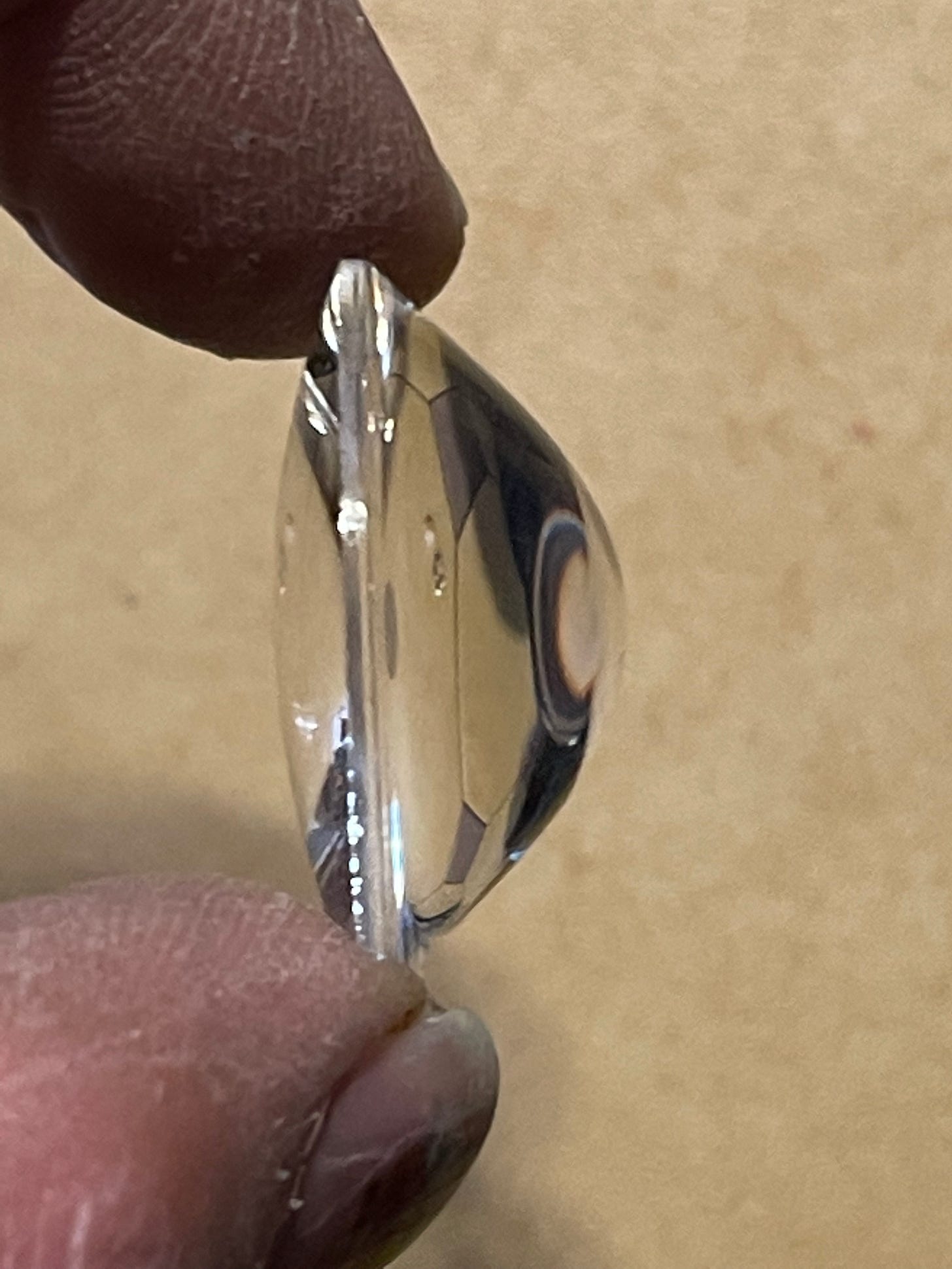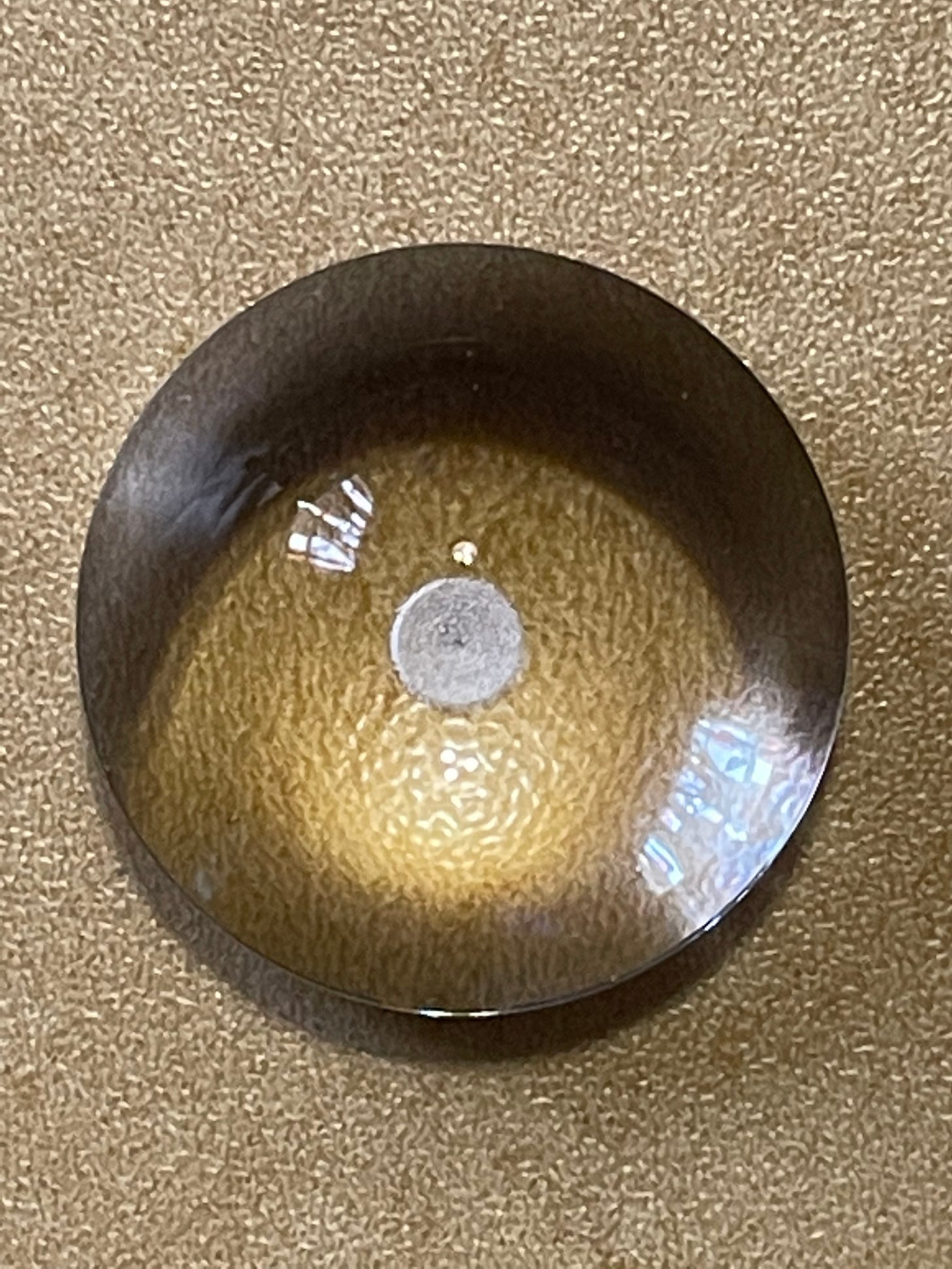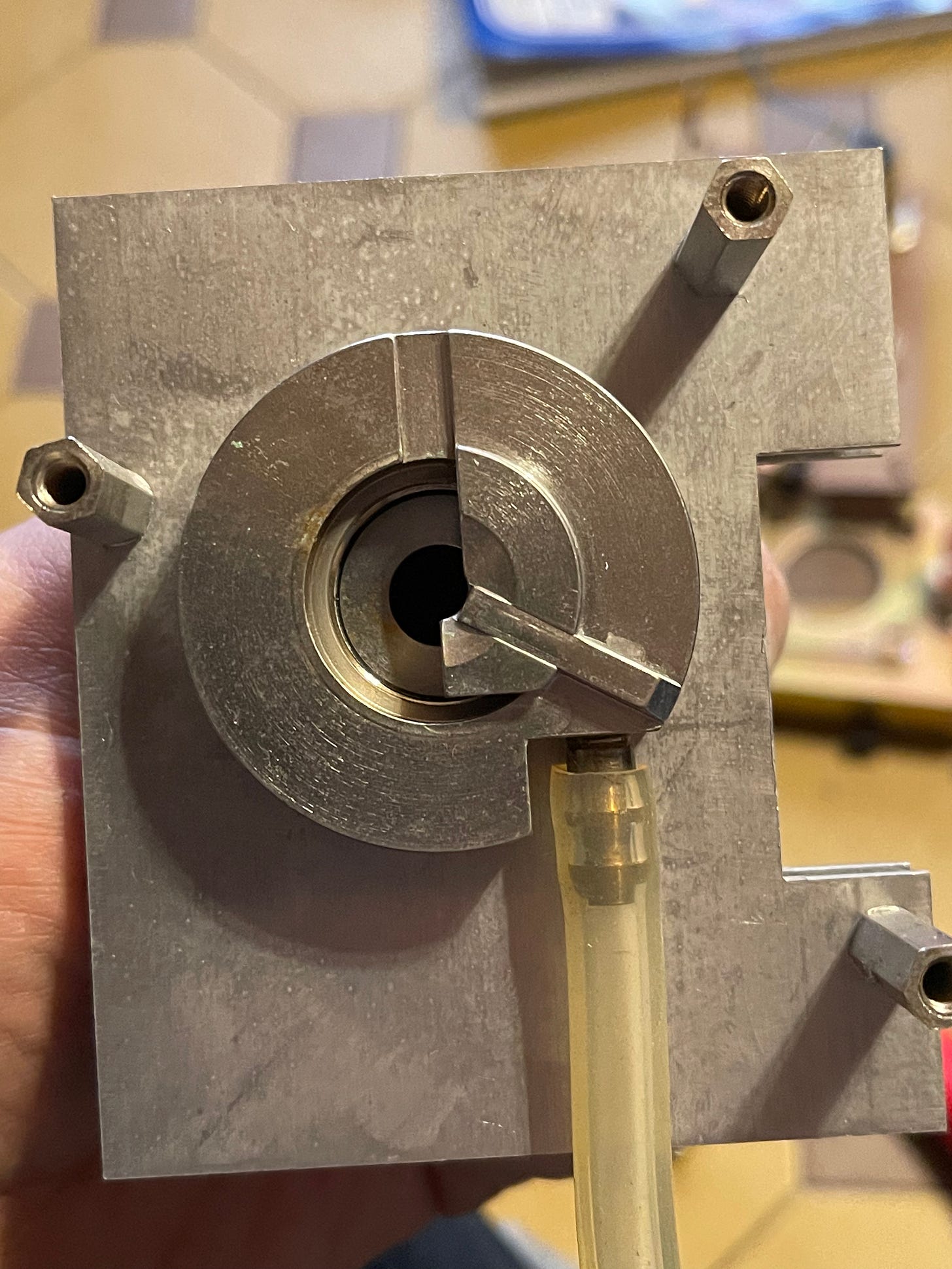Wolf 5151 Xenon Light Source - Optics

As some of you have noticed this substack has been on hiatus for a while. To be honest I got pretty busy with other projects and this substack hadn’t received many subscribers, so it kind of fell off my radar. But, out of the blue, everydaything received its first paid subscriber! And I enjoy writing these posts so, let’s give it another shot!
Today I’m going to write about the Wolf 5151 Xenon light source. This is a Xenon light source used in endoscopy. Perhaps obviously, this isn’t what I’ve been using it for. But used endoscopy light sources are a cheap way to get hold of a Xenon light source for microcopy and other applications. This one cost me $50 on eBay.
Xenon light sources are favored in microscopy because they provide a reasonably continuous output over the visible spectrum. This works great for general illumination, but you can also stick a filter in front of them, and get a more restricted set of wavelengths.
I’ve regularly used this for testing out unknown optical filters. By putting the filter in front of the light source and checking the output on a spectrometer I can get a rough idea of the wavelengths the filter operates over.
While this Wolf light source has served me well, I’ve moved on to better and more compact units (which I hope to document here in the future). So I decided to pull this one apart, transferring to bulb (which can cost hundreds of dollars) to another unit.
Removing the outer case, we can clearly see the general layout:
Missing from this unit is a small pump which I removed. It’s purpose isn’t exactly clear to me but we’ll see how it couples onto the fiber below. It may have been providing forced cooling of the optics, or perhaps has some endoscopy application I’d rather not think about…
In any case, today I’m going to focus on the optical system and in a follow up post I’ll briefly document the electronics. The optics helpfully sits on its own little sled:
Looking at the optical components from right to left first up we have the light source, which is a standard Xenon bulb similar to this one (from another unit):
They don’t look very special, but they are pretty expensive. From what I’ve seen ~$200US new. This one is rated at 300W.
Filter
What looks like a solid piece of plane glass sits directly in front of the bulb. This piece of glass likely serves two purposes. Firstly, it will act as a UV filter. This isn’t particularly hard, any piece of glass will block UV pretty well. But more importantly it probably works as an IR filter, this helps keep radiated heat away from the other optical components and the fiber head itself. Without this, those components could potentially get very hot, causing damage or even excessive heating of the fiber cable.
Given where that fiber cable is going… you probably don’t want it getting uncomfortably hot.
The filter mount also has what looks like a temperature sensor. I suspect a regular K-type thermocouple in a housing:
Lens
Next we have a really crazy looking aspheric lens. I suspect this is performing a similar function to Köhler illumination creating an image on the end of the fiber that is perfectly out of focus and does not create a filament image:
They also seem to have made the center of the lens slightly diffuse, perhaps this helps scatter/homogenize the light:
“ND” Filter
Next up we have the “ND” filter. ND standing for Neutral Density. ND filters are generally opaque filters which reduce intensity across the entire spectrum. You’ll often find these in light sources or other optical systems which they allow the optical power to be modulated without changing the bulb output power.
You could obviously directly increase/decrease the voltage to the bulb. I imagine that the bulb has a limited stable operating range however. In any case, constantly changing the bulb drive voltage would probably cause thermal stress and reduce the lifetime of the lamp.
ND filters are in my experience most commonly coated/filtered glass. But in this case they’ve gone with a machined piece of metal:
I’ve not really seen this elsewhere, I guess it’s better at dissipating heat. But it seems like a lot of work to go through to make an ND filter. It does look pretty cool though!
The filter is variable and sits on a gear driven by a DC motor:
Cooling?
Finally we have the fixture to which the pump was attached before I removed it. This seems to force air through a tiny aperture near the head of the fiber cable:
And that’s about it for the optical system. The fiber plugs into the front of this block (you can find the fiber cables easily on eBay).
This light source is surprisingly interesting and well made. Many of the design decisions seem to reflect the design which looks to be 70s/early 80s. In the future I’ll compare this to the other two units I have!












